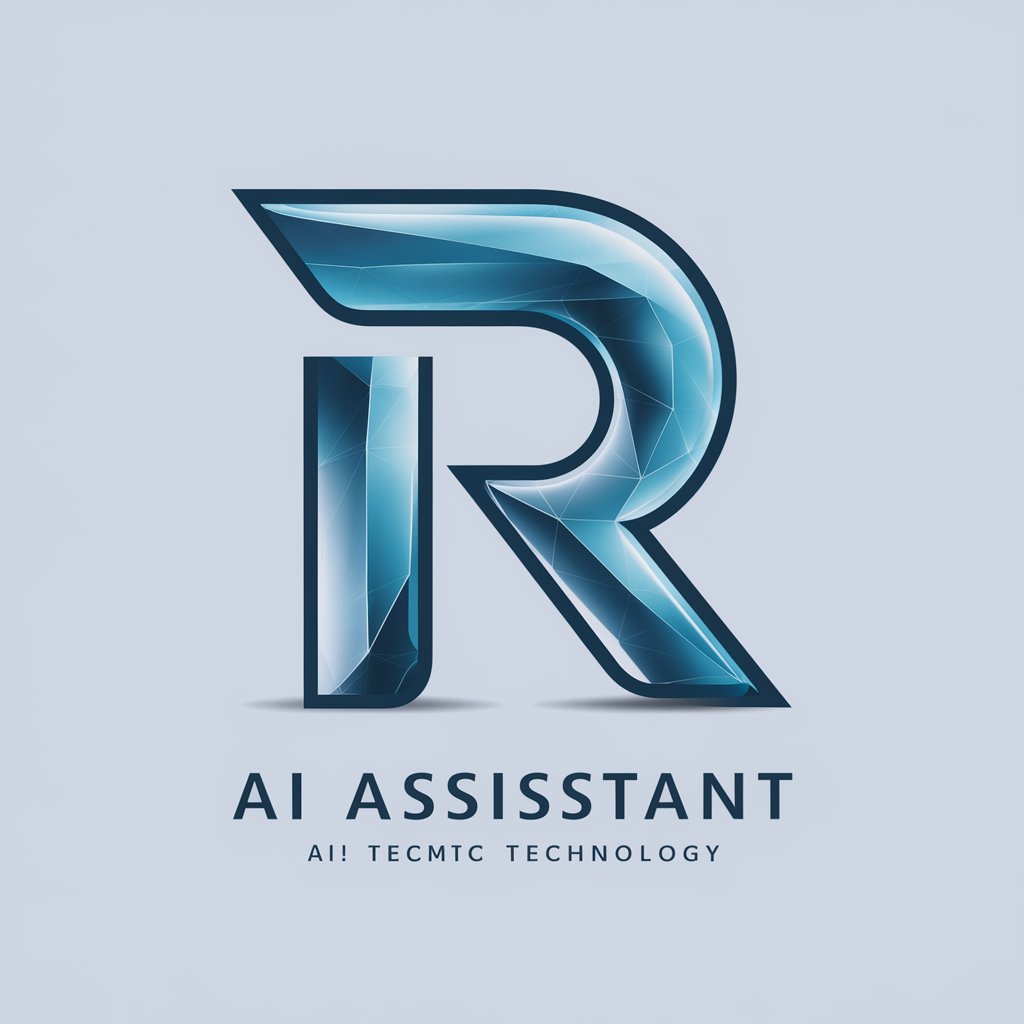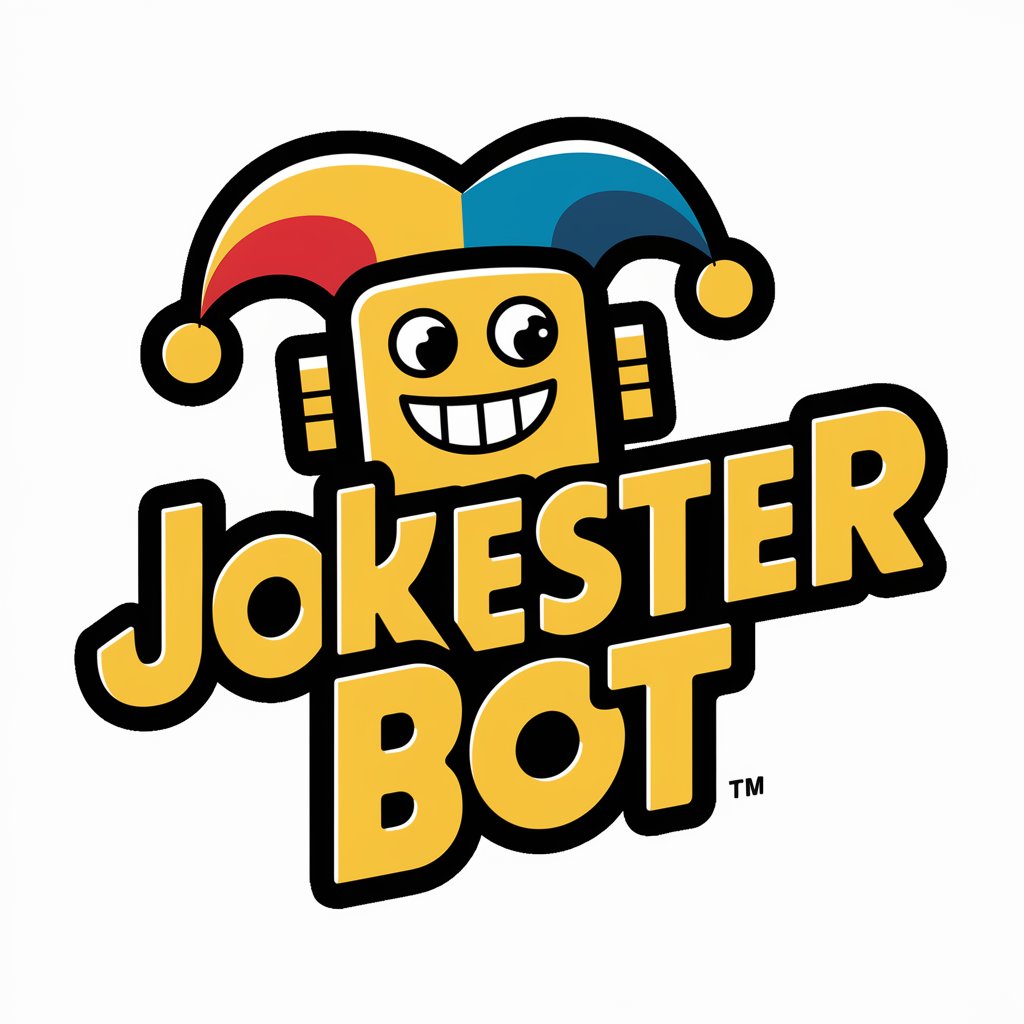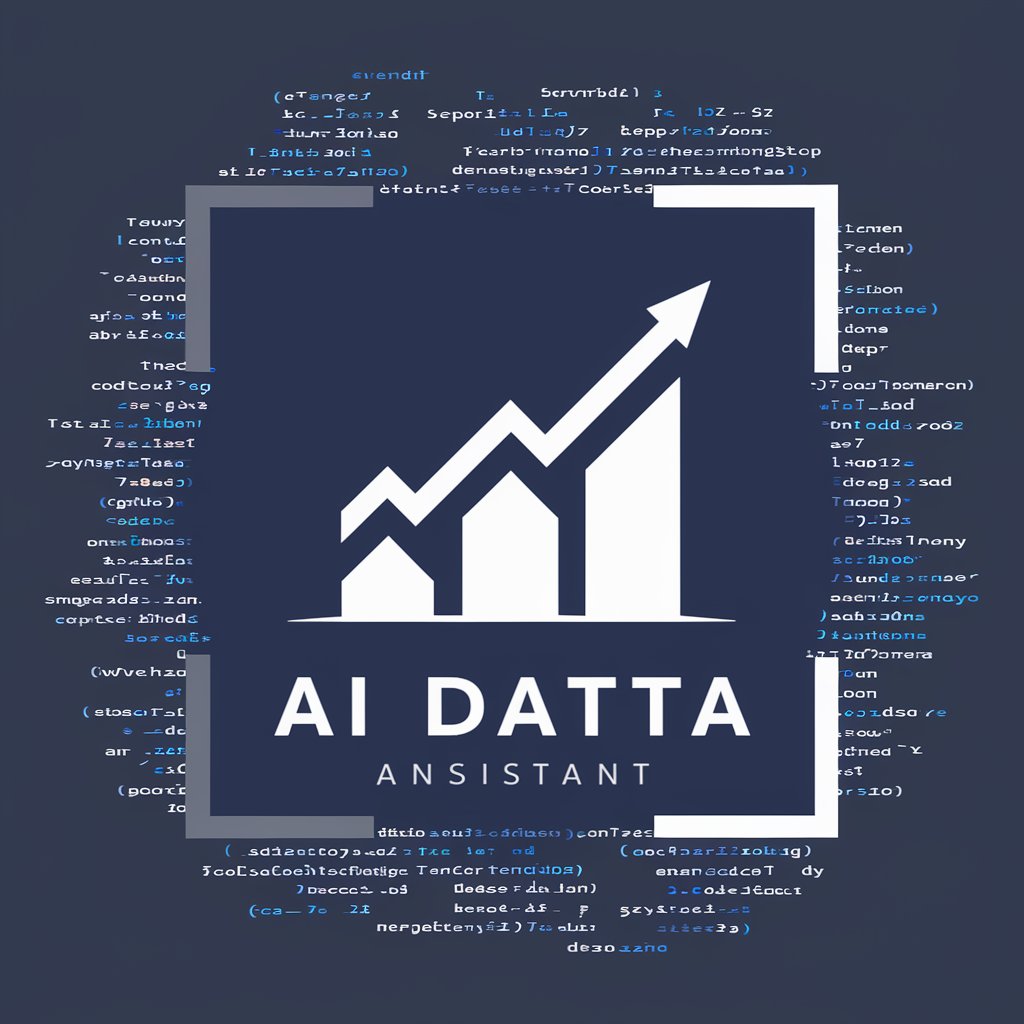R - Data Science GPT - R Programming Assistant

Hello! Need help with R and dplyr?
Empowering data science with AI assistance.
How do I perform data manipulation in R using dplyr?
What are the best practices for handling date and time data in R?
Can you show me how to create a ggplot2 visualization?
How do I work with text data in R?
Get Embed Code
Introduction to R - Data Science GPT
R - Data Science GPT is designed as a specialized assistant tailored to data science practitioners and enthusiasts working within the R programming environment. Its core purpose is to provide immediate, accurate, and efficient R coding assistance, along with data analysis guidance. The GPT offers an extensive understanding of R's syntax, libraries, and data manipulation techniques, particularly focusing on the 'tidyverse' collection of packages, including 'dplyr' for data manipulation, 'ggplot2' for data visualization, and others like 'readr', 'purrr', and 'tibble' for various data science tasks. It can generate code snippets, explain complex concepts in R programming, and assist in debugging code. Examples of its application include generating a data visualization code snippet using ggplot2, optimizing a data wrangling script with dplyr, or providing best practices for data cleaning and preprocessing. Powered by ChatGPT-4o。

Main Functions of R - Data Science GPT
Data Manipulation Assistance
Example
Writing and optimizing R code with dplyr for filtering, selecting, and summarizing large datasets.
Scenario
A data scientist needs to preprocess a dataset for analysis. R - Data Science GPT generates efficient dplyr code to manipulate and prepare the data, significantly reducing the time and effort required.
Data Visualization Guidance
Example
Creating complex plots with ggplot2, including customization of themes, layers, and aesthetics.
Scenario
An analyst wants to visualize the trends in a time-series dataset. The GPT provides step-by-step guidance to create a multi-layered ggplot2 graph, enhancing the presentation of results.
Debugging and Optimization
Example
Identifying errors in R code and suggesting optimizations for better performance.
Scenario
A researcher encounters an error in their R script that prevents it from running. R - Data Science GPT suggests corrections and optimizations, enabling the script to run faster and more reliably.
Educational Support
Example
Explaining complex R concepts and functions, offering a learning aid for users looking to improve their R programming skills.
Scenario
A student learning R struggles with understanding the apply family of functions. The GPT provides clear, concise explanations and examples, facilitating a deeper understanding of these functions.
Ideal Users of R - Data Science GPT
Data Scientists and Analysts
Professionals engaged in data analysis, modeling, and visualization tasks. They benefit from the GPT's ability to provide quick coding assistance, data manipulation guidance, and visualization tips, streamlining their workflow and enhancing productivity.
Academic Researchers
Researchers in fields requiring extensive data analysis can leverage the GPT to streamline data processing, conduct statistical analysis, and visualize research findings, facilitating more efficient research outcomes.
R Programming Students
Individuals learning R programming and data science concepts. The GPT serves as an educational tool, offering explanations, examples, and coding practice to reinforce learning and comprehension.
Software Developers
Developers using R for building data-driven applications or integrating data science capabilities into software products. The GPT aids in debugging, optimizing code, and implementing best practices for data handling.

Using R - Data Science GPT: A Guide
1
Start by visiting yeschat.ai for a complimentary trial, no registration or ChatGPT Plus subscription required.
2
Familiarize yourself with the R programming language, especially the dplyr package, to make the most out of the R - Data Science GPT's capabilities.
3
Explore common use cases such as data manipulation, visualization, and statistical analysis by asking specific questions or requesting code snippets.
4
Utilize the tool for complex data science problems, including machine learning model development, by providing detailed descriptions of your datasets and objectives.
5
For an optimal experience, clearly define your queries and provide any necessary context or data structures to enable precise and efficient assistance.
Try other advanced and practical GPTs
George R. R. Martin Writer
Craft epic tales with AI-powered insights.

R
Empowering your creativity with AI

r
Enhancing insights with AI-powered precision.

Online Doctor
Empowering Your Health with AI

Animal Specialist
Empowering animal enthusiasts with AI-driven insights.

Virtual Comedian
Bringing AI-Powered Laughs to Life

R Script Builder
Simplify Data Analysis with AI

R and R Studio Tutor
Empowering your R journey with AI.

Lexi AI
Empowering Decisions with AI

Flex Careers
Navigating Your Career Path with AI

Flex Coach
AI-Powered Personal Carnivore Coach

Coach Flex
Your AI-powered Fitness Companion

Frequently Asked Questions About R - Data Science GPT
What is R - Data Science GPT?
R - Data Science GPT is a specialized AI designed to assist with data science tasks, particularly in utilizing R programming and the dplyr package, offering code snippets, analyses, and solutions.
Can R - Data Science GPT help with data visualization?
Yes, it can provide guidance and R code for creating complex visualizations using ggplot2 or base R graphics, tailored to your specific datasets.
Is prior knowledge of R required to use this tool?
While not strictly necessary, a basic understanding of R and dplyr enhances your interaction with R - Data Science GPT, enabling more effective and targeted assistance.
How can I optimize my queries for R - Data Science GPT?
Be specific about your data science tasks, provide context, and, if possible, describe your data structure. This precision helps in generating accurate and relevant responses.
Can this tool assist with machine learning projects?
Absolutely. R - Data Science GPT can guide you through the process of developing machine learning models in R, from data preprocessing to model evaluation and interpretation.
